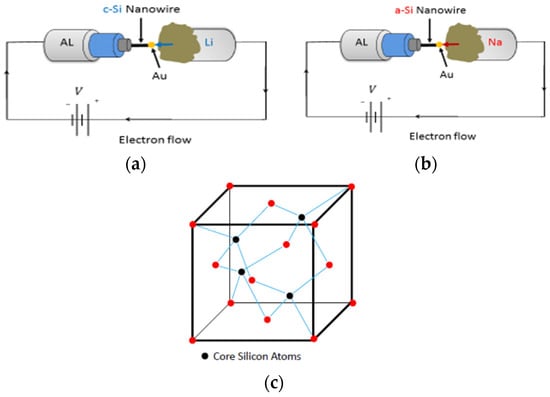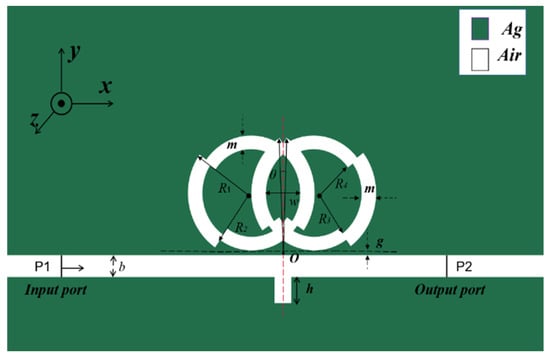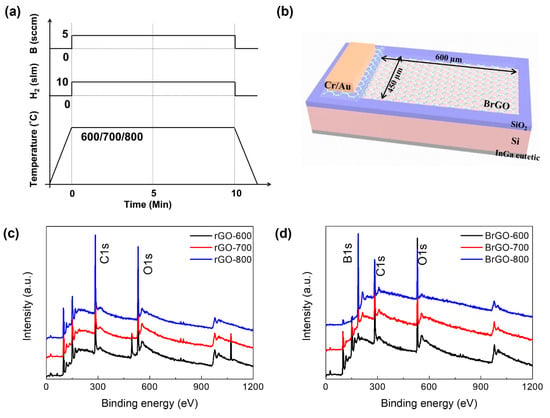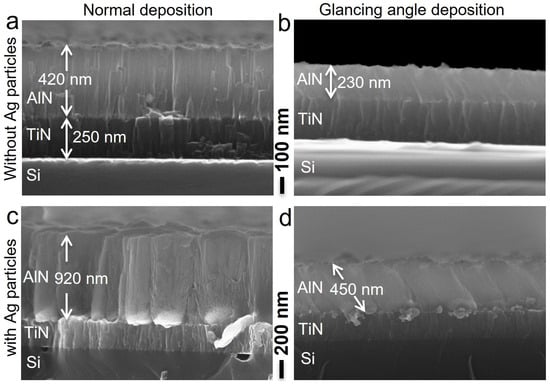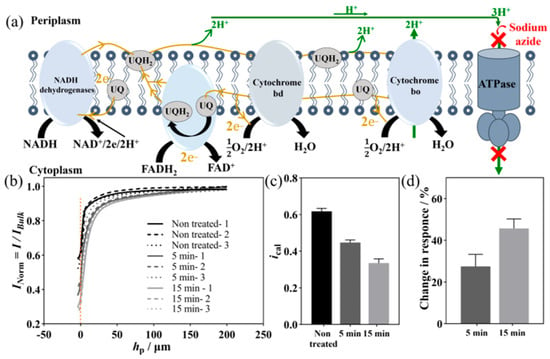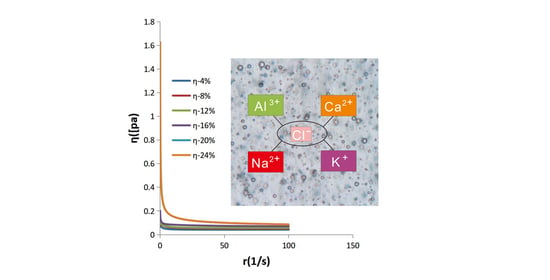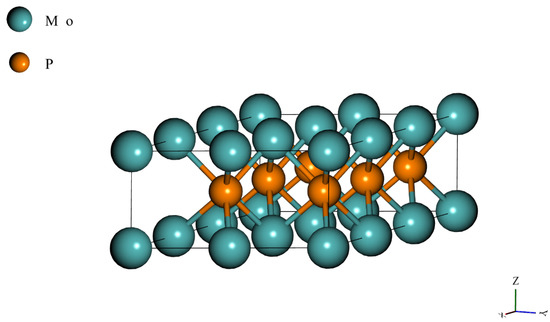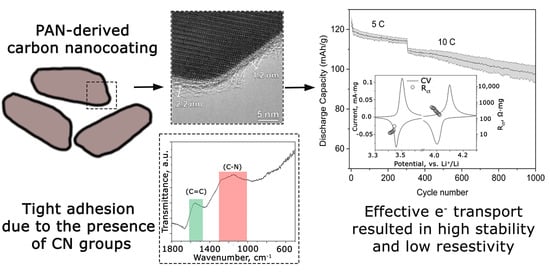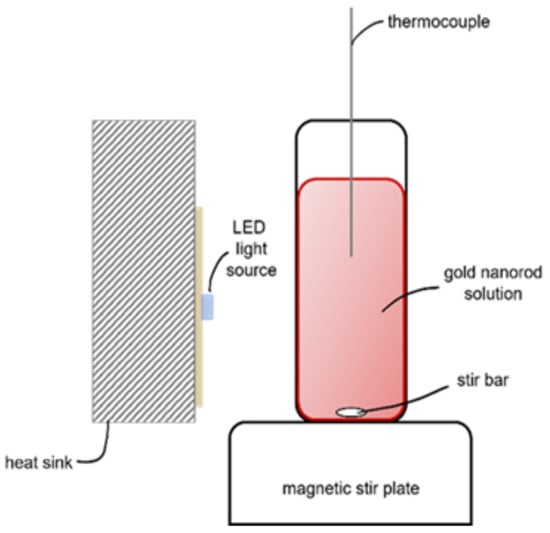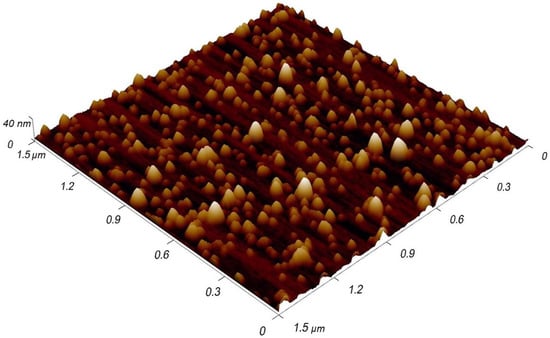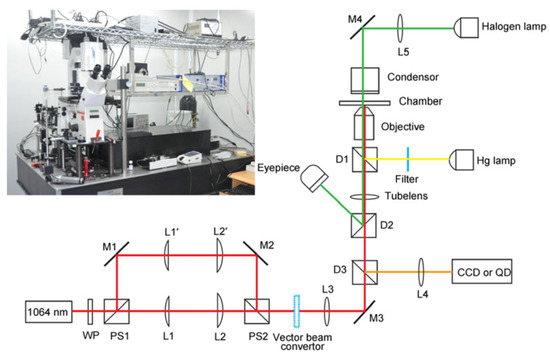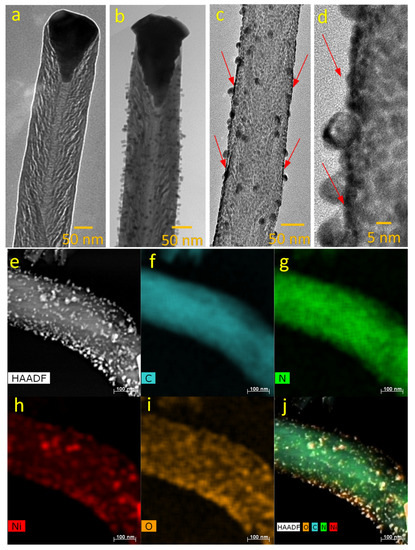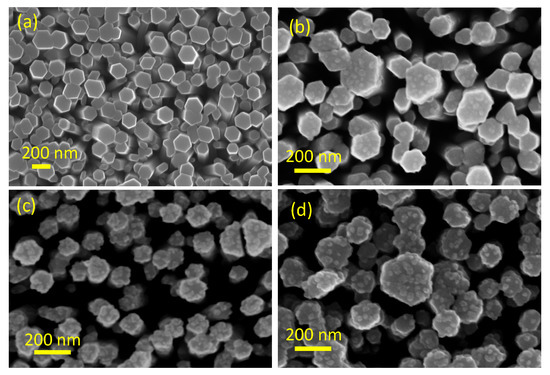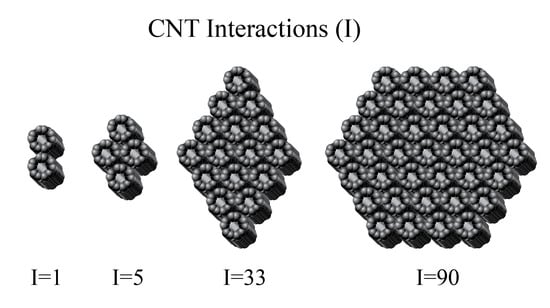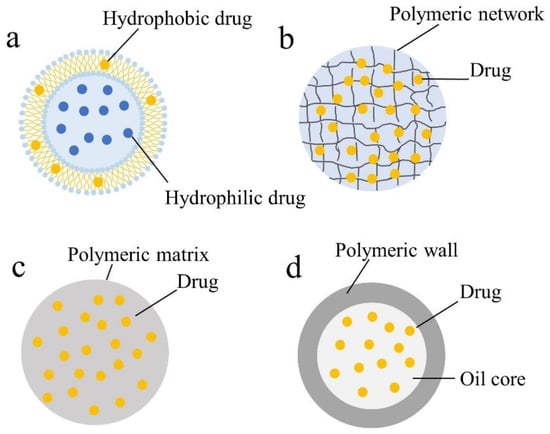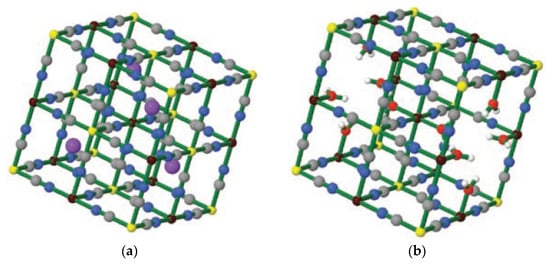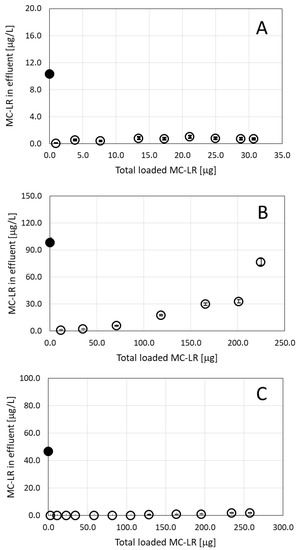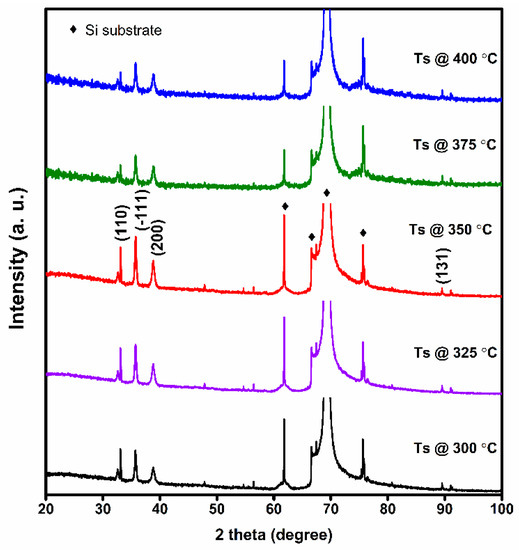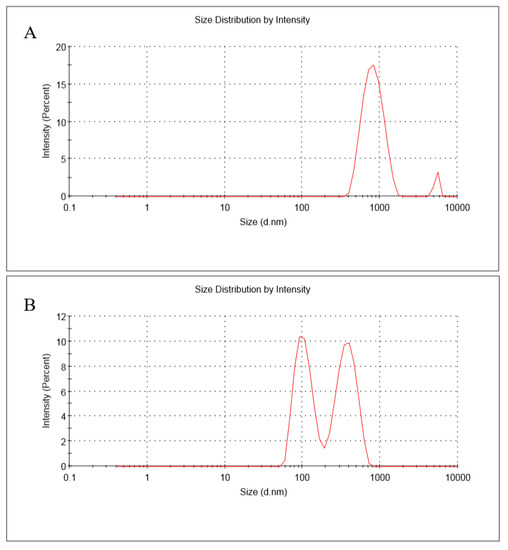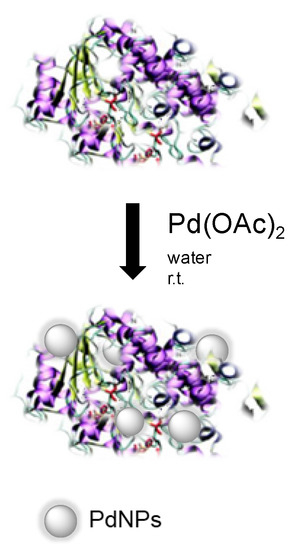Feature Papers for Applied Nano
A topical collection in Applied Nano (ISSN 2673-3501).
Viewed by 107523Editor
Interests: antibacterial nanomaterials and surfaces; anisotropic noble metal nanoparticles for functionalization and application to biomedical and sensing problems and use in surface-enhanced Raman spectroscopy (SERS); theranostic devices; supramolecular chemistry; transition metal complexes
Special Issues, Collections and Topics in MDPI journals
Topical Collection Information
Dear Colleagues,
This Special Issue will contain some of the first, most important papers of Applied Nano.
The scope of this Special Issue is to show how the use of the nanotechnology tool kit offers opportunities and provides solutions to challenges involving a wide range of disciplines.
The goal is to gather a large set of articles, in order to spotlight nanotechnology-based systems applied to the chemical, physical, pharmaceutical, biomedical, and environmental fields. It could include, for example, water sciences, material sciences, cultural heritage, energy storage and conversion, antibacterial applications, green nanochemistry, electronics and photonics, sensing systems, and theranostics.
To enhance the impact of nanotechnology solutions on society, we strongly believe that nano innovations based on reproducible and affordable preparation are needed. We are thus particularly interested in receiving manuscripts reporting original and robust nanomaterials synthetic procedures to be used in original and cutting-edge applications, both in established and emerging fields.
We strongly encourage both Editorial Board Members and young investigators to join this Special Issue, but more generally, we invite researchers and practitioners from all areas of nanotechnology and nanochemistry to submit manuscripts for this fundamental and exciting Special Issue of Applied Nano. We welcome both original research papers and review papers on diverse relevant topics.
Prof. Dr. Angelo Maria Taglietti
Guest Editor
Manuscript Submission Information
Manuscripts should be submitted online at www.mdpi.com by registering and logging in to this website. Once you are registered, click here to go to the submission form. Manuscripts can be submitted until the deadline. All submissions that pass pre-check are peer-reviewed. Accepted papers will be published continuously in the journal (as soon as accepted) and will be listed together on the collection website. Research articles, review articles as well as short communications are invited. For planned papers, a title and short abstract (about 100 words) can be sent to the Editorial Office for announcement on this website.
Submitted manuscripts should not have been published previously, nor be under consideration for publication elsewhere (except conference proceedings papers). All manuscripts are thoroughly refereed through a single-blind peer-review process. A guide for authors and other relevant information for submission of manuscripts is available on the Instructions for Authors page. Applied Nano is an international peer-reviewed open access quarterly journal published by MDPI.
Please visit the Instructions for Authors page before submitting a manuscript. The Article Processing Charge (APC) for publication in this open access journal is 1000 CHF (Swiss Francs). Submitted papers should be well formatted and use good English. Authors may use MDPI's English editing service prior to publication or during author revisions.





